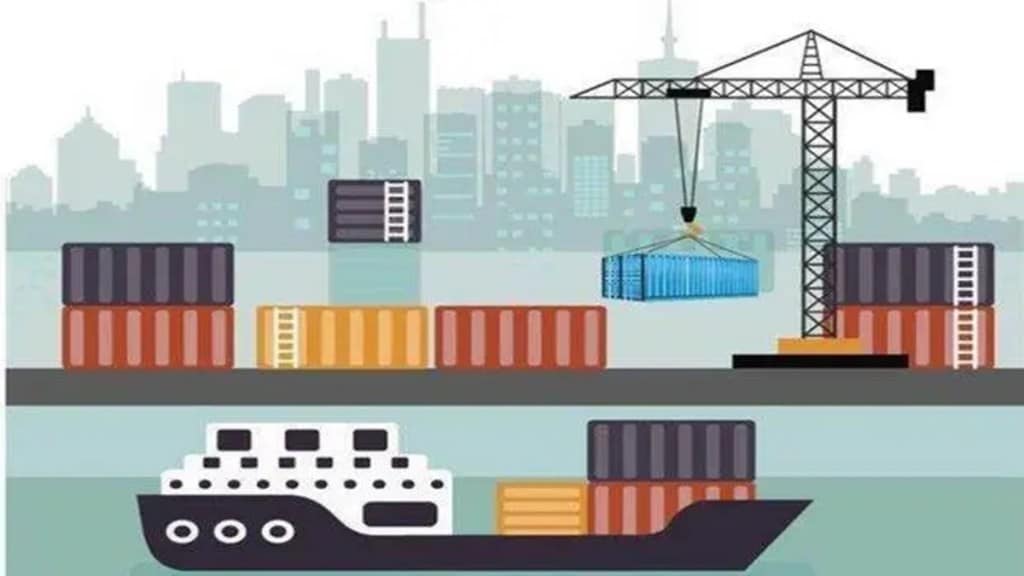At a time global trade is facing headwinds—with growth in volumes losing momentum to 1% in 2023, according to WTO—the good news is that India is diversifying its exports with rapidly growing shipments to the global South. However, there is a more nuanced picture emerging with booming exports to Africa and Latin America going together with a relatively lacklustre performance vis-a-vis the South Asian neighbourhood. While India’s overall exports grew by 19.5% till August this fiscal, shipments to Africa and Latin America were up by 41.6% and 38%, respectively. To Brazil alone, these were higher by 70.9%. In sharp contrast, the country’s exports to South Asia were much lower than the overall average, at 10.7%, according to reports in FE. Due to a slowdown in key destinations like the US (and even contracting exports to China), India’s overall exports this fiscal may not match the stellar performance of FY22. In this milieu, higher shipments to Africa and Latin America will definitely bolster its exports drive as they account for a significant 15% share in India’s exports, up from pre-pandemic levels of 11.5%. To be sure, there are conjunctural factors involved in these developments, like taking advantage of Covid-hit China’s inability to step up supplies of goods to these markets.
Also Read: The need for a fiscal council
Even so, India’s latest trade numbers underscore the imperative of stepping up its engagement with the neighbourhood. South Asia has unfortunately been a diminishing priority for India, accounting for 6.7% of total exports till August this fiscal. In sharp contrast, China has notched up larger trade volumes in the region. That the dragon trades more with Bangladesh, Sri Lanka and, of course, Pakistan is a painful reminder to India of its failure to deepen regional integration. India’s diminishing interest, if not influence, in the region is a consequence, in large part, of its tensions with Pakistan. Most South Asian nations are facing balance of payments problems with reduced foreign exchange buffers to purchase essential imports like food, fuel and other items. As many as four of them have approached the IMF for assistance, the latest being Bangladesh, to cope with the mounting pressure on their economies. India has so far extended $4 billion in aid to crisis-ridden Sri Lanka. Nepal has restricted non-essential imports. Perhaps for such reasons, our trade with Nepal and Bangladesh has grown by only 3% and 8.7%, respectively, much lower than the overall average. Generous lines of credit—or soft loans provided on concessional interest rates—will enable neighbours to increase their imports.
Growing trade with Africa and Latin America, however, might be expected to strengthen for other reasons too. One big advantage India has relative to China in Africa, for instance, is the presence of a 3 million-strong diaspora across 46 countries with linkages to trade. India has stepped up development cooperation in the continent with 222 lines of credit worth $14 billion, covering 357 projects, extended to 42 countries since FY18. India has also cumulative investment commitments of $70 billion in Africa led by India Inc, according to a speech in March by India’s external affairs minister, S Jaishankar. Together with the fact that the African Continental Free Trade Area has come into force in January 2021, all these factors bid fair to translate into more trading opportunities for India when the pace of global trade is slackening.

